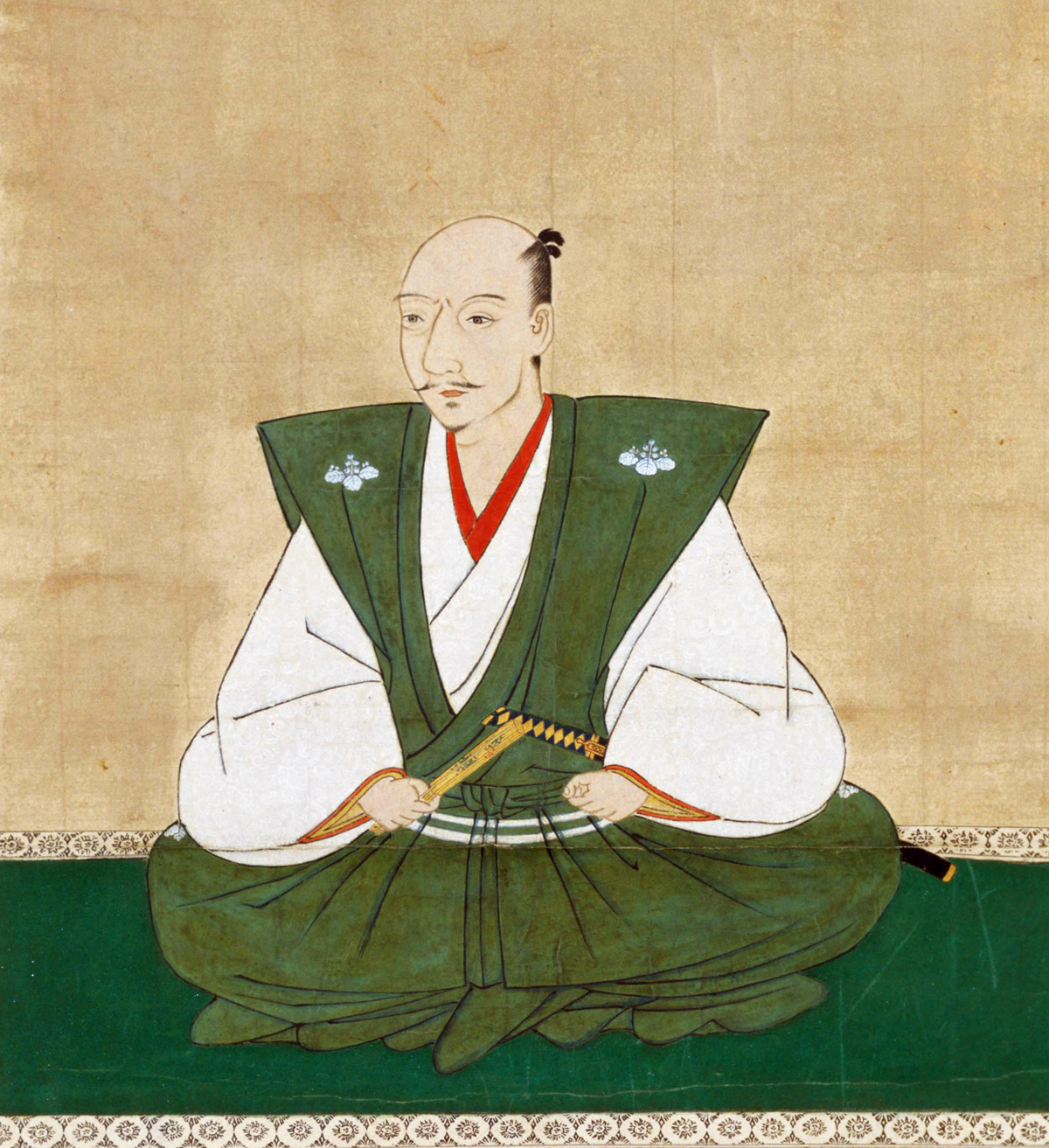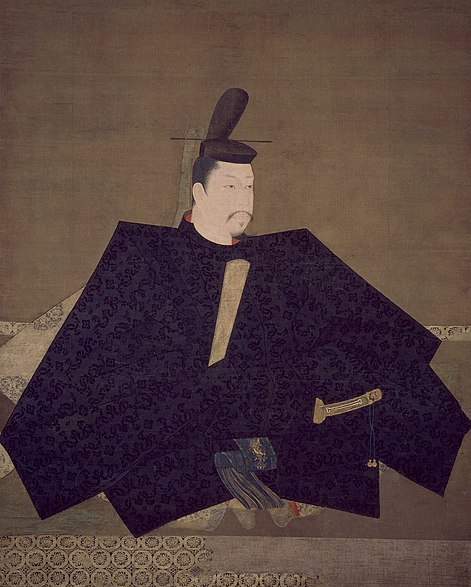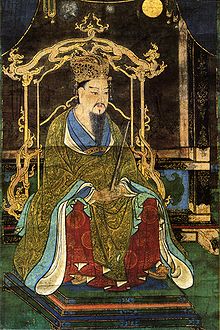In 1333, the Kamakura shogunate which Minamoto no Yoritomo founded were destroyed by Emperor Go-Daigo. Instead of Hojo clan, Emperor Go-Daigo ruled the country. Because he didn't give samurais rewards for their contribution to destroying the Kamakura shogunate, Ashikaga Takauji who was leader of samurais was against him. Takauji put Yutahito who was brother of Emperor Kogon forward as Emperor Komyo. The Imperial Court of Japan (
Chotei) was divided into two parties Northern Court (
Hokucho ) and Southern Court (
Nancho ). Ashikaga Yoshimitsu stopped the both fighting each other, the both were reconciled.
shogunate = a political organization started by samurai ( fighter ) ,
"bakufu"
Emperor Go-Daigo (A.D.1288 - 1339) = the 96th emperor of Japan
Ashikaga Takauji (A.D.1305 - 1358) = the founder of the Muromachi shogunate,
his grandson was Yoshimitsu
Emperor Kogon (A.D.1313 - 1364) = the 1st of Northern Court
Emperor Komyo (A.D.1322 - 1380) = the 2nd of Northern Court
Contribution
 |
| the picture of Ashikaga Yoshimitsu |
Ashikaga Yoshimitsu (A.D.1358 - 1408) was the 3rd shogun of the Muromachi (Ashikaga) shogunate. He ruled over the country from 1368 to 1408 as shogun or shogun's father. He was a one of the most powerful persons during the Muromachi period of Japan. Muromachi is a place-name; it was in Kyoto of Japan.
He contributed to two things. One was to have created a solid political foundation of Muromachi shogunate. Other was to have restored the relation between Japan and China. To achieve the former, Yoshimitsu stopped the Northern and Southern Courts fighting each other, unified into one Court. And he attacked his lieges who obey shogun in order not to rebel him. To achieve the latter, he sent his lieges to China many times to trade with China.
After he died, the power of Muromachi Shogunate gradually declined.
Secrets
Ashikaga Yoshimitsu had many children. Three of them were Yoshimochi, Yoshitugu, and Yoshinori. Yoshimochi was the 4th shogun of the Muromachi Shogunate, but was against his father, Yoshitugu that Yoshimitsu was partial to was killed by his brother Yoshimochi. Yoshinori was the 6th shogun of the Muromachi shogunate, tried to be a politician like his father. But he was killed by a one of his lieges Akamatsu Mitsusuke. Yoshimitsu's children couldn't become politician like Yoshimitsu.
It was said that Ashikaga Yoshimtsu tried to get the authority of emperor of Japan ( Tenno ). Recently, this theory is not so believed, but he was likely to put his son Yoshitugu forward as emperor of Japan, rule over the country as the father of the emperor. So he might be assassinated (killed) by someone. Yoshimochi or court nobles might be suspect.



